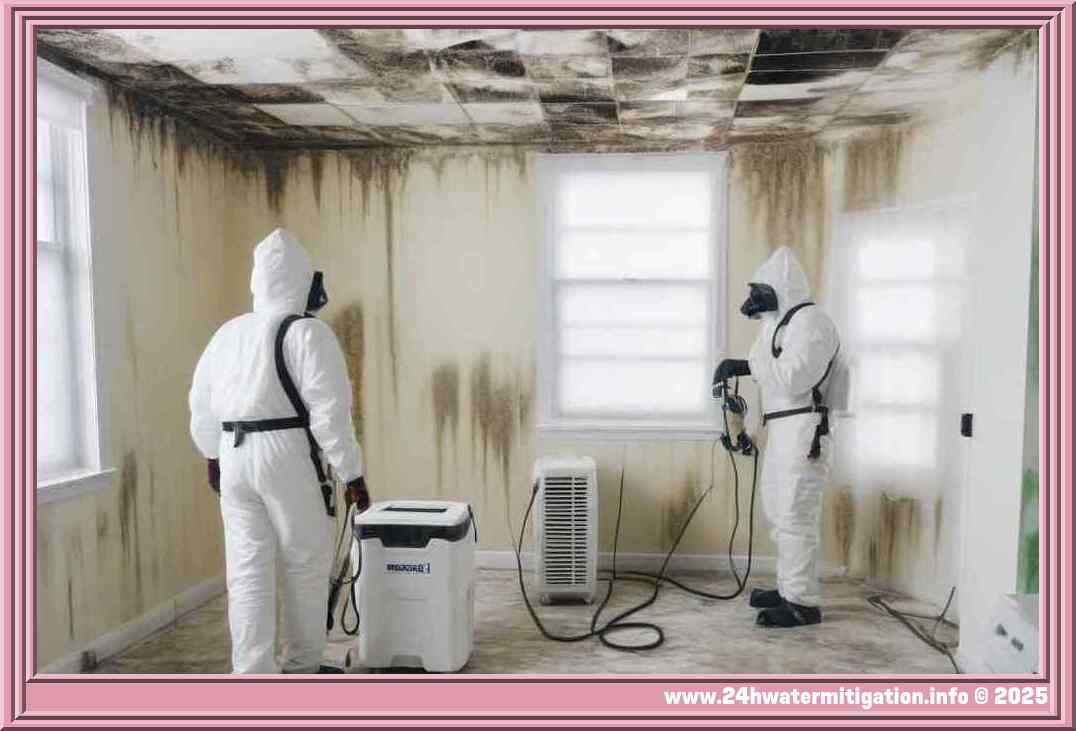
When floodwaters recede, they leave a toxic mix of contaminants in their wake. From sewage overflow to chemical spills, these pollutants pose significant threats to both human health and ecosystems if not handled promptly and effectively. Environmental remediation in flood-affected areas aims at restoring balance by removing or reducing harmful substances introduced by the flooding event.
One common concern in flooded areas is mold growth due to excess moisture. Mold spores thrive in damp environments and can rapidly colonize buildings, leading to respiratory issues, allergies, or even more severe health problems. Effective mold remediation techniques include containment measures such as isolation barriers and negative air pressure systems during cleanup efforts. Thorough cleaning with specialized equipment helps remove existing mold colonies while preventing further contamination.
Floods may also result in hazardous material releases from industrial sites or residential households within affected areas. Chemical spills can contaminate soil, groundwater sources, or nearby bodies of water - jeopardizing local ecosystems and drinking supplies alike. Expert environmental teams assess the extent of pollution caused by these events through comprehensive site evaluations before employing targeted techniques like excavation or soil vapor extraction to eliminate contaminant sources.
In addition to addressing immediate hazards, long-term consequences should be taken into account during the restoration process as well. For instance, flooding can cause damage to underground storage tanks containing petroleum products like gasoline or oil used for heating purposes - possibly leading to leaks into surrounding soils and groundwater over time. Timely assessment followed by proper tank removal or repair ensures protection against future contamination, safeguarding the environment and public health.
Flood cleanup efforts also include sediment removal from water bodies to restore their natural flow and mitigate potential drainage issues. Eroded sediments can compromise aquatic ecosystems by smothering plants and animals in addition to obstructing drainage channels, increasing the likelihood of localized flooding during subsequent rain events. Utilizing specialized machinery, environmental remediation professionals work meticulously to remove excess sediment while preserving the balance of fragile ecosystems.
As climate change contributes to more frequent and intense rainfall events across the United States, flood cleanup activities must prioritize environmental remediation alongside traditional recovery efforts. By engaging experienced professionals knowledgeable in effective restoration techniques, communities can ensure that not only are they recovering from floods but doing so sustainably - fostering healthier environments for themselves and future generations.
In conclusion, as part of flood cleanup processes after a devastating event, addressing environmental concerns is crucial. Environmental remediation techniques such as mold removal, hazardous material containment or clean-up procedures, tank repair or removal actions, sediment removal from water bodies help restore ecological balance while mitigating further damage or dangers caused by floods. By considering both immediate hazards and long-term consequences associated with these incidents when restoring impacted areas after flooding episodes occurs ensures sustainable recovery practices which safeguard public health and preserve our environment for years to come.